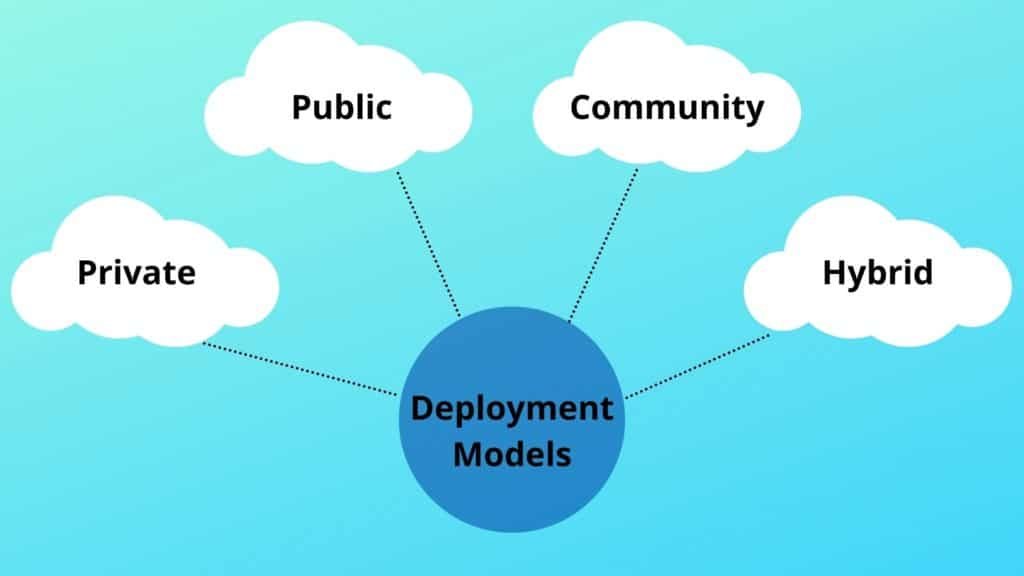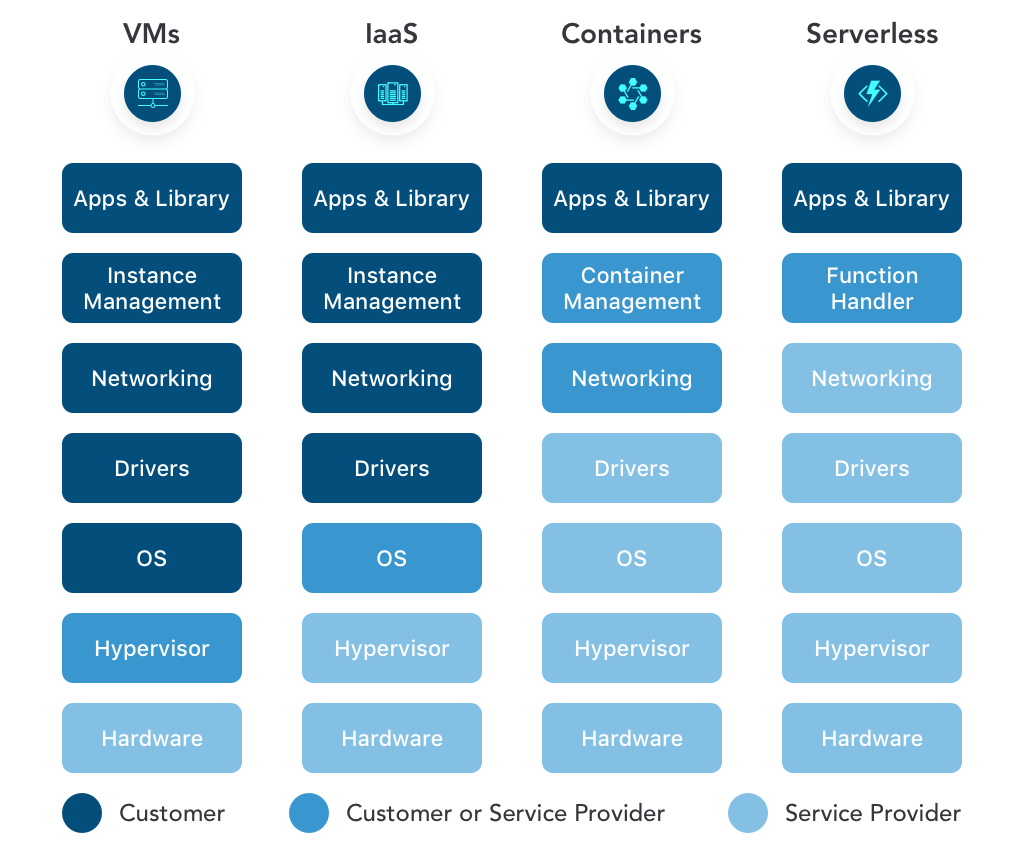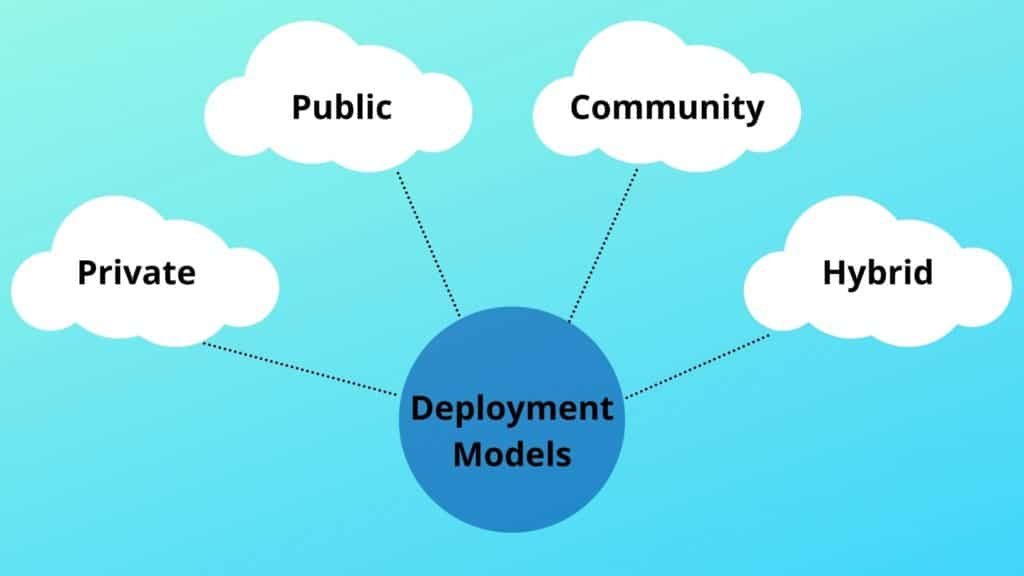Are you looking to enhance your understanding of cloud deployment models? In this ultimate guide to cloud deployment models, we will delve into the various types, benefits, challenges, and best practices associated with different deployment models. From public and private clouds to hybrid and multicloud environments, we will explore the factors that influence organizations’ decisions when selecting a deployment model. Additionally, we will discuss emerging trends in cloud deployment, shedding light on the latest innovations and practices shaping the future of cloud computing. Join us on this insightful journey into the realm of Cloud deployment models.

Understanding Cloud Deployment Models
Cloud deployment models serve as blueprints for the architecture and infrastructure required to deploy applications and services in the cloud. They govern the provisioning, management, and accessibility of resources. Opting for the most suitable deployment model holds immense significance in enhancing performance, cost-effectiveness, and security within an organization’s cloud ecosystem. The choice influences how data is stored, shared, and protected in the cloud environment.

Overview of Cloud Deployment Models
Public Cloud:
In the realm of Cloud Deployment Models, the public cloud stands out as a shared environment where resources are pooled and made available to multiple tenants. This model fosters scalability, enabling users to adjust resources based on demand, promoting cost-efficiency through pay-as-you-go pricing structures. Public clouds are known for their accessibility, making them ideal for startups and small to medium-sized enterprises seeking to leverage cloud services without heavy infrastructure investments.
Private Cloud:
Contrary to the public cloud, the private cloud offers dedicated resources to a single tenant, ensuring a higher level of security and control over data and applications. This deployment model is favored by organizations with stringent compliance requirements or sensitive data that necessitates exclusive management and customization. Private clouds empower businesses to tailor their infrastructure to meet specific needs, providing a more personalized and secure computing environment.
Hybrid Cloud:
Embracing the hybrid cloud approach combines the benefits of public and private clouds, delivering a versatile solution that caters to varying workloads and application requirements. In this deployment model, organizations can optimize resources by leveraging the scalability of the public cloud for non-sensitive data and utilizing the security features of the private cloud for confidential information. Hybrid clouds facilitate seamless data migration, allowing businesses to achieve a balance between cost-efficiency and data protection.
Multi-Cloud:
Evolving in the landscape of cloud deployment, the multi-cloud model involves utilizing services from multiple cloud providers to distribute workloads across different platforms for enhanced redundancy and performance optimization. By diversifying cloud services, organizations mitigate the risk of vendor lock-in and benefit from a broader spectrum of features and pricing structures. Multi-cloud architectures empower businesses to customize their cloud strategy, optimize performance, and maintain operational flexibility in a dynamic digital landscape.

Factors to Consider When Choosing a Deployment Model
Security Considerations:
When evaluating cloud deployment models, security requirements are paramount. Private clouds, though more expensive, provide enhanced security through dedicated resources and isolated environments, making them ideal for sensitive data and compliance-driven industries. In contrast, public clouds may raise concerns due to shared infrastructure, emphasizing the need for robust security measures and data protection protocols.
Scalability Strategies:
Scalability needs play a pivotal role in deployment model selection. Public clouds excel in offering seamless scalability, allowing organizations to swiftly adjust resources based on demand fluctuations without manual intervention. Private clouds, on the other hand, require careful capacity planning and manual provisioning, making them better suited for predictable workloads that don’t require frequent scaling.
Cost-Efficiency Analysis:
Cost considerations significantly impact the choice between public and private clouds. Public clouds operate on a pay-as-you-go model, enabling organizations to optimize costs by paying only for the resources they use. In contrast, private clouds involve upfront capital expenditure for infrastructure setup and maintenance, making them preferable for long-term stability and predictable workloads but potentially less cost-effective for dynamic environments.
Compliance Alignment:
Compliance regulations are a critical factor influencing deployment model decisions, particularly for industries with stringent data protection and privacy requirements. Certain sectors, such as healthcare and finance, may necessitate adherence to specific industry standards like HIPAA or PCI DSS, directing organizations towards private or hybrid cloud environments that offer greater control over data governance and regulatory compliance.

Benefits of Cloud Deployment Models
Cloud deployment models offer organizations a myriad of benefits that revolutionize the way businesses operate in the digital landscape.
Reduced IT Infrastructure Costs
By leveraging cloud deployment models, companies can significantly cut down IT infrastructure expenses as they eliminate the need for physical servers, maintenance, and the associated costs. This cost-effective approach allows businesses to allocate resources more efficiently.
Increased Agility and Scalability
Cloud deployment models empower organizations with the flexibility to rapidly deploy and scale applications based on demand. This agility ensures quick adaptability to market changes and varying workloads, optimizing operational efficiency and performance.
Enhanced Security Measures
One of the compelling advantages of cloud deployment models is the enhanced security they provide. Cloud service providers implement robust security measures such as encryption, access controls, and compliance certifications, ensuring data protection and confidentiality.
Improved Collaboration and Accessibility
Cloud deployment models foster seamless collaboration among teams by enabling real-time access to shared documents and applications from any location. This accessibility promotes remote work and enhances productivity by breaking down geographical barriers.
Incorporating cloud deployment models into the organizational infrastructure not only streamlines operations but also enhances competitiveness in the dynamic business ecosystem.

Challenges of Cloud Deployment Models
When considering Cloud Deployment Models, security concerns loom large. Public clouds’ resource sharing can lead to vulnerabilities, necessitating robust security measures to safeguard data. Mitigating risks through encryption and access controls is vital for maintaining data integrity and confidentiality.
Vendor lock-in poses another challenge in Cloud Deployment Models. Dependent on a single cloud provider can restrict scalability and hinder interoperability between platforms. Organizations must strategize vendor management to prevent vendor constraints and explore multicloud solutions for enhanced flexibility.
Data privacy becomes a paramount issue in Cloud Deployment Models due to regulatory requirements. Ensuring compliance with data protection laws, such as GDPR and HIPAA, demands meticulous data governance and transparency. Implementing data encryption and stringent access controls are critical for maintaining data privacy and integrity.
The aspect of connectivity and latency emerges as a critical challenge in Cloud Deployment Models. Network reliability and latency issues can significantly affect the performance of applications, especially in hybrid and multicloud environments. Optimizing network configurations and leveraging content delivery networks (CDNs) are crucial to mitigate connectivity challenges and enhance user experience.

Best Practices for Cloud Deployment
Defining Clear Deployment Strategies
Establishing clear deployment strategies is essential in cloud deployment models. By defining guidelines for application deployment, organizations can ensure that security and performance requirements are met. Clear strategies streamline the deployment process, minimizing risks and enhancing system stability.
Utilizing Automation Tools
Leveraging automation tools is a best practice for efficient cloud deployment. By automating deployment processes, errors can be reduced, and overall efficiency can be improved. Automation simplifies repetitive tasks, enabling swift and accurate deployment while freeing up resources for more strategic initiatives.
Monitoring and Optimizing Performance
Continuous monitoring and optimization of cloud performance are critical. By tracking and analyzing cloud usage patterns, organizations can identify areas for improvement and optimization. This practice facilitates cost-effectiveness, resource allocation, and overall performance enhancement in cloud deployment models.
Implementing Robust Security Measures
Implementing robust security measures is paramount in cloud deployment models. Enforcing stringent security controls, such as access management and encryption, safeguards data and systems from potential threats. Strong security measures instill trust, ensure compliance, and protect the integrity of cloud environments.







